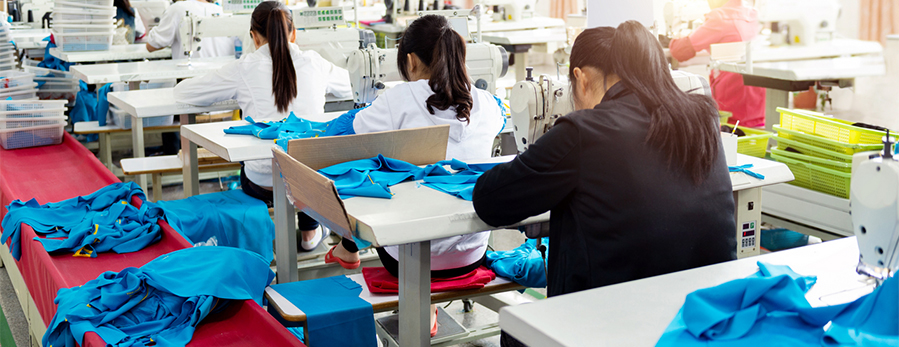Sustainability
Sustainable Apparel Coalition launches Higg FEM 4.0

Enabling more accurate reporting?As well as offering improved and more streamlined usability, Higg FEM 4.0 delivers better data quality. Featuring a new anomaly detector designed to flag inconsistencies, Higg FEM 4.0 provides more accurate reporting, ultimately enabling a more accurate environmental assessment of the industry.
Broader coverage of critical environmental issues?The tool also offers a deeper look at key environmental issues such as groundwater and soil contamination to help the industry make improvements at a global scale on critical issues. The new tool aligns with key global standards – including the GHG Protocol, the SBTi, and ZDHC Roadmap to Zero – to drive emissions reductions and reduce duplicative reporting. Additionally, Higg FEM 4.0 includes targeted questions that are more relevant to a facility’s processes, weeding out questions that are irrelevant.
Jeremy Lardeau, VP of the SAC Higg Index says, “Higg FEM 4.0 will bring impactful and necessary changes – from improved data quality to alignment with relevant industry standards, the updated tool offers a wide range of benefits to ultimately reshape how sustainable decisions are made along the supply chain.”
Industry led update?Higg FEM 4.0 was built on member and stakeholder feedback collected over the past two years It reflects the input of over 140 representatives across 12 Member Expert Teams (METs), including 62 representing manufacturers, 57 representing brands/retailers, 10 service providers, and five representing affiliate members. The METs, the FEM Strategic Council, partner organizations, and members all provided insights and feedback. The insights collected helped to shape the FEM framework, scoring methodology, question content, and more to build a tool that meets relevant industry standards and protocol. Additionally, Higg FEM 4.0 was tested by over 400 users who provided feedback within the platform. The SAC is excited for end users and stakeholders to experience the widespread benefits of Higg FEM 4.0, and empower them to identify, prioritize and scale sustainability efforts.
Jimmy Summers, Vice President of Environmental, Health, Safety & Sustainability, at Elevate Textiles: “Elevate Textiles is looking forward to the release of Higg FEM 4.0. Higg FEM is an essential part of transparently sharing our verified sustainability metrics and progress with our customers. We also use Higg FEM as a foundational element of our overall sustainability program to ensure that all of our facilities around the world are meeting our expectations and improving their performance towards our facility-level and corporate goals and targets, including our Science-Based Targets for GHG reductions. We actively participated in the Higg FEM 4.0 pilot and are now prepared to ‘raise the bar’ with this more rigorous and beneficial version.”
Alan Chin, Senior Manager, Supply Chain Sustainability, at VF Corporation: “At VF, the Higg FEM assessment enables the company and our brands to measure key Scope 3 supplier-related impacts. VF teams, along with the SAC staff, engage directly with our vendor partners to assess and improve supplier carbon emissions. We are excited about the enhanced ability of the updated Higg FEM 4.0 to deliver actionable data and insights, enabling VF to support impact reductions across our global supply chain.”
James Schaffer, Worldly’s Chief Strategy Officer: “Higg FEM 4.0 is a game changer. In an industry with rapid change in impact reporting and regulation disclosure requirements, Higg FEM 4.0 directly addresses the current sustainability challenges and future needs businesses are facing. We’re proud to host this leading environmental assessment on the Worldly platform and provide businesses the impact intelligence they need. With new customized user experiences for facilities, Higg FEM 4.0 is an assessment tailored to facilities that gives brands visibility into the nuanced impact of their supply chain partners, so together they can identify hotspots and effectively improve their environmental footprint.”
